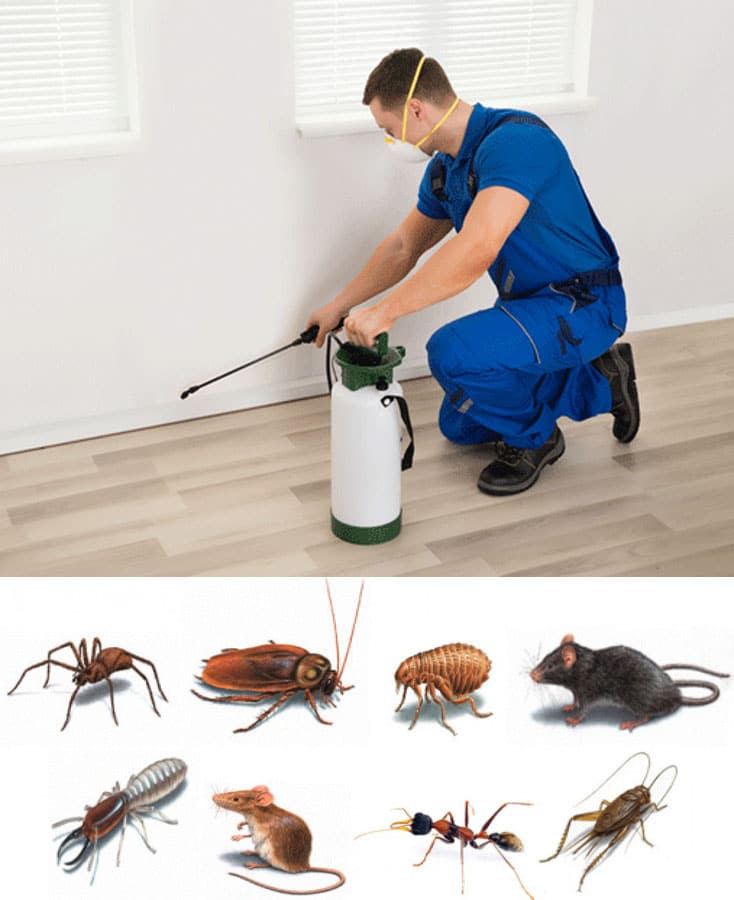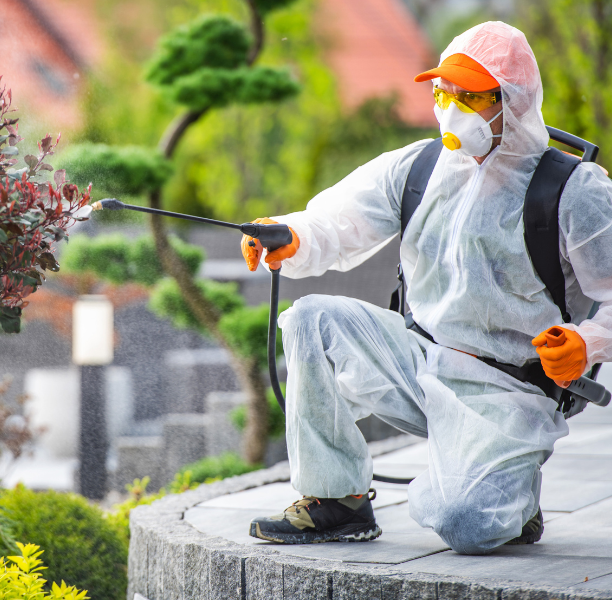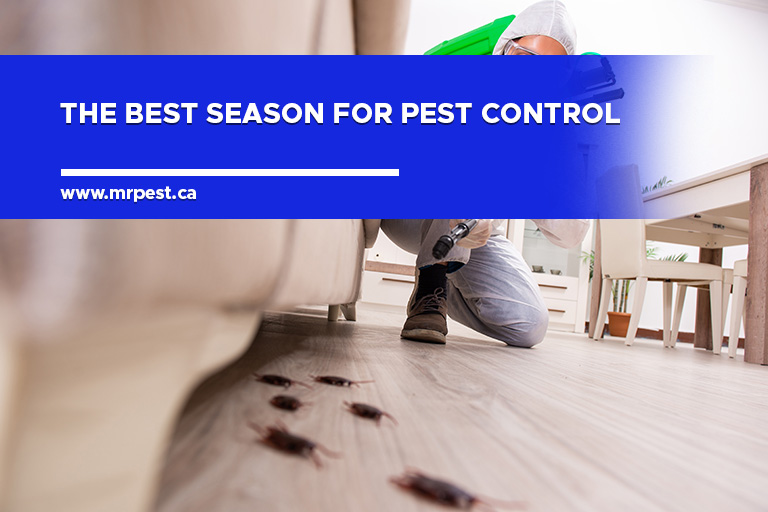Affordable Rat Control Coquitlam Services to Keep Your Home Safe
Affordable Rat Control Coquitlam Services to Keep Your Home Safe
Blog Article
Safe and Reputable Insect Control for Lasting Defense
Efficient pest management needs a multifaceted technique that stabilizes environmental stability with the requirement for effective pest reductions. The subtleties of these approaches might not be quickly clear, motivating a better evaluation of the practices that can lead to sustainable insect control outcomes.
Recognizing Bug Control Methods
Pest control incorporates a variety of methods focused on managing and eradicating undesirable insects and rodents that can threaten both wellness and residential or commercial property. Understanding these techniques is essential for effective insect management.
The key classifications of parasite control techniques include mechanical, organic, and chemical methods. Mechanical approaches involve physical obstacles and catches to stop parasite entrance and capture unwanted types. Using screens on home windows or employing sticky traps can dramatically reduce bug populaces without introducing unsafe substances - exterminator coquitlam.

Chemical insect control is usually the most identified approach, making use of chemicals to remove parasites. These chemicals can be reliable but need to be made use of with caution to avoid unfavorable effects on non-target types and the atmosphere.
Benefits of Eco-Friendly Solutions
Just how can eco-friendly remedies change insect control practices? The fostering of environment-friendly pest control approaches supplies many advantages, considerably enhancing the performance and safety and security of parasite management.

An additional benefit is the positive effect on neighborhood biodiversity. Green options are designed to target particular pests while maintaining helpful insects and wildlife, advertising a well balanced environment. This approach straightens with the expanding consumer demand for lasting methods, improving the online reputation of parasite control carriers.
Integrated Parasite Management Strategies
The execution of eco-friendly options naturally leads to the adoption of Integrated Insect Management (IPM) methods, which better improve pest control efficacy. IPM is a holistic technique that combines several strategies to manage pest populations while reducing ecological influence. This technique highlights the usage of organic, cultural, mechanical, and chemical controls, making certain a well balanced and lasting method of bug administration.
One fundamental element of IPM is the detailed evaluation of parasite task and environmental conditions. By monitoring insect populations and determining their life process, practitioners can carry out targeted interventions that disrupt the pest's environment or lifecycle, reducing reliance on chemical pesticides. Additionally, cultural techniques such as crop turning and habitat control can considerably reduce bug establishment and reproduction.
Another essential component is making use of biological control representatives, such as helpful pests or microorganisms, which can naturally suppress insect populations. When chemical applications are needed, IPM focuses on making use of low-risk chemicals and applies them uniquely, reducing direct exposure to non-target microorganisms and humans.
Including IPM techniques not only improves bug control efficiency yet also promotes a more secure ecological community, straightening with the expanding need for lasting methods in pest management.
Safe Practices for Homeowners
Recognizing link the relevance of secure methods in parasite control can encourage home owners to successfully manage bug concerns while protecting their health and the setting. Implementing precautionary steps and non-toxic methods is crucial in reducing direct exposure to unsafe chemicals.
House owners should first assess their atmosphere for problems that bring in insects, such as standing food, water, and mess waste. On a regular basis cleaning and securing entrance points can deter insects from invading the home. Using all-natural deterrents, such as vital oils or diatomaceous earth, can provide reliable choices to chemical pesticides.
When chemical therapies are necessary, homeowners should opt for products that are especially classified as risk-free for domestic use. It is necessary to follow application standards meticulously to stay clear of overexposure. Additionally, using targeted treatments in areas where pests are recognized, rather than blanket spraying, can significantly lower chemical use.
Lastly, maintaining open interaction with pest control experts is crucial. Homeowners need to make inquiries about the safety of items utilized and request eco-friendly alternatives whenever feasible. By adopting these safe methods, home owners can develop a healthier living environment while efficiently handling pest issues.

Tips for Long-Term Defense
Developing an insect management approach that highlights long-term protection can substantially enhance the effectiveness of the safe practices formerly reviewed. To achieve this, home owners ought to carry out regular inspections of their building, concentrating on concealed locations such as attics, cellars, and crawl spaces. Early discovery of bug mosquito exterminators activity is crucial in protecting against problems from holding.
These techniques decrease attractants that draw insects right into the home. Securing access points, such as splits around windows and doors, can properly block prospective insect gain access to.
Landscaping should also be considered; maintaining plants cut and maintaining a range between plant life and the home reduces hiding places for parasites. Using natural deterrents, such as crucial oils or diatomaceous earth, can better discourage invasions without turning to severe chemicals.
Last but not least, working together with a specialist pest control solution for routine assessments can supply an added layer of security. These specialists can use tailored recommendations and advanced treatments, ensuring that your home remains secured versus pests in the lengthy term.
Conclusion
In conclusion, safe and reliable pest control requires a complex method that highlights green methods and incorporated bug monitoring. By implementing all-natural deterrents, performing regular evaluations, and maintaining appropriate sanitation, residential or commercial property proprietors can dramatically reduce bug populations while shielding advantageous pests and the atmosphere. Collaboration with professional bug control solutions boosts the efficiency of these techniques, making certain tailored solutions that give long-term defense and satisfaction versus future problems.
Efficient bug administration needs a complex method that stabilizes eco-friendly stability with the requirement for efficient pest reductions. The fostering of environmentally friendly pest control methods offers various benefits, dramatically improving the performance and safety of pest management.The application of environmentally friendly remedies normally leads to the fostering of Integrated Bug Monitoring (IPM) methods, which further enhance pest control efficacy. exterminator coquitlam. By monitoring bug populaces and recognizing their life cycles, experts can carry out targeted treatments that interfere with the insect's environment or lifecycle, minimizing dependence on chemical pesticides.In final thought, reliable and risk-free parasite control requires a complex great post to read method that highlights green approaches and incorporated pest monitoring
Report this page